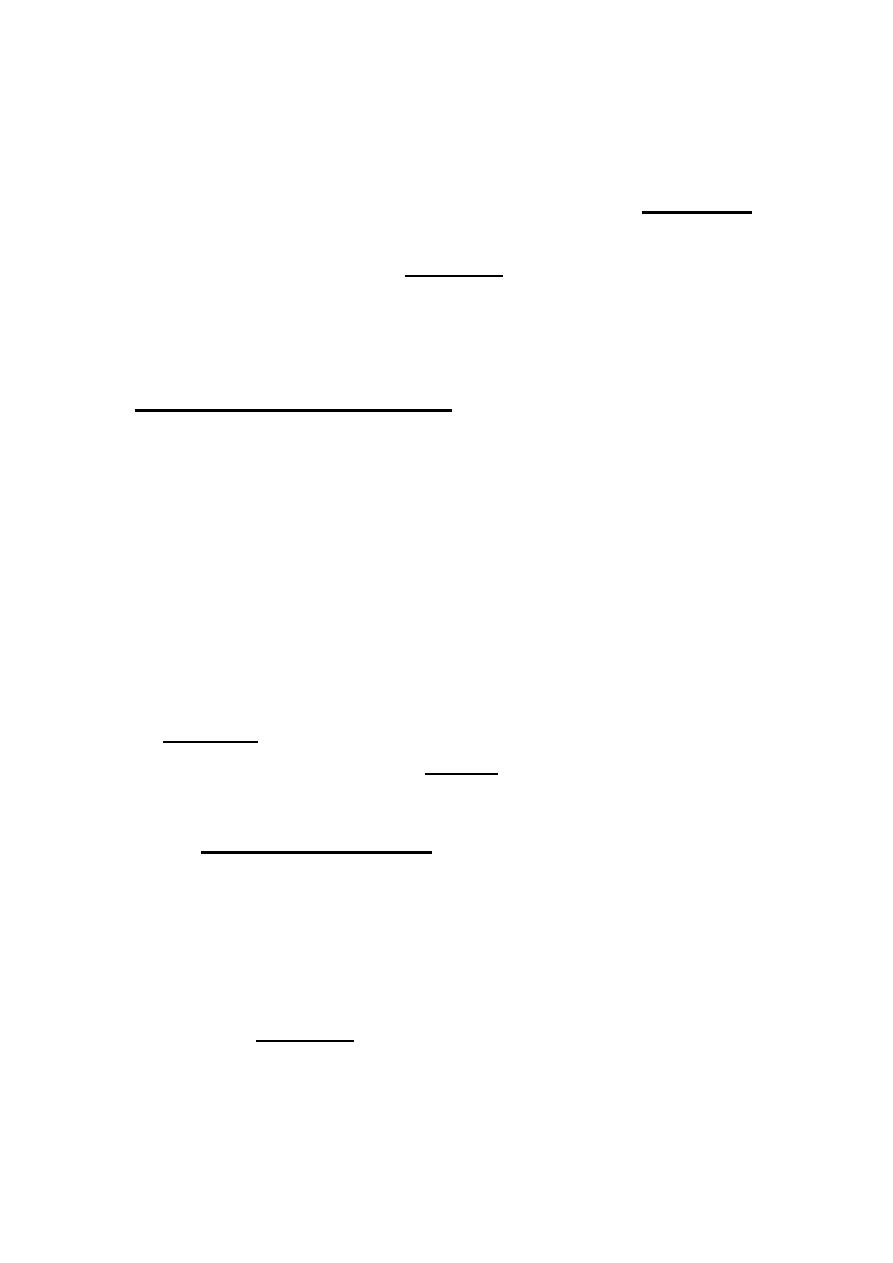
SKIN
Prof. Dr. Huda Al-khateeb
Lec.
2
HAIR
Hair is an elongated keratinized structure. It is derived from
invaginations of the epidermal epithelium called hair
follicles.
The color, size, shape and texture of hairs vary according to
age, genetic background, and region of the body.
All skin has at least minimal hair except that of the palms,
soles, lips, glans penis, clitoris, and labia minora
Hair growth
Hairs grow discontinuously, with periods of growth followed
by periods of rest, and this growth does not occur
synchronously in all regions of the body or even in the same
area.
The duration of the growth and rest periods also varies
according to the region of the body.
In the scalp, growth periods (anagen) may last for several
years, whereas the periods of follicle regression (catagen)
and inactivity (telogen) may together last only 3 to 4 months.
Hair growth on the face and pubis is strongly influenced by
sex hormones, especially androgens

Hair follicle
Hair follicle wall: composed of (from outside to inside)
(1)Connective tissue sheath
(2) Glassy membrane
(3) External (outer)root sheath
(4)Internal (inner) root sheath
Hair: composed of
(1) Cuticle (2) Cortex (3) Medulla
Hair bulb
It is the terminal dilatation of the hair.
A dermal papilla inserts into the base of the hair bulb and
contains a capillary network.
Loss of this blood flow results in death of the follicle
Arrector pili muscle
It is a bundle of smooth musle fibers that extend from the
connective tissue sheath (of the hair follicle) to the dermal
papilla (of dermis).
Contraction of these muscles pulls the hair shafts to a more
erect position, usually when it is cold to produce tiny bumps
on the skin surface ("goose bumps").

Nail
hard, flexible plates of keratin on the dorsal surface of each
distal phalanx.
The proximal part of the nail is the nail root and is covered
by the proximal skin fold which is thin and lacks both hair
and glands. The epidermal stratum corneum extending from
the proximal nail fold forms the cuticle, or eponychium.
The keratinized nail plate is bound to a bed of epidermis
called the nail bed, which contains only the basal and
spinous layers
The nail plate extends from the nail root.
The nail plate continues growth and pushes distally over the
nail bed (which makes no contribution to the plate) at about
3 mm/month for fingernails and 1 mm/month for toenails.
The distal end of the plate becomes free of the nail bed at the
epidermal fold called the hyponychium and is worn away or
cut off.
Sebaceous gland
Sebaceous glands are embedded in the dermis over most of
the body surface, except the thick skin of the palms and
soles.
Sebaceous glands are branched acinar glands with several
acini converging at a short duct which usually empties into
the upper portion of a hair follicle.
The acini consist of a basal layer of undifferentiated
flattened epithelial cells on the basal lamina. These cells

proliferate and are displaced toward the middle of the
acinus, undergoing terminal differentiation as distinctly
large, lipid-producing sebocytes
The cytoplasm of Sebocytes is filled with small fat droplets.
Their nuclei shrink and undergo autophagy along with other
organelles and near the duct the cells disintegrate and
release the lipids via holocrine secretion. The product of this
process is sebum, which is gradually moved to the surface of
the skin along the hair follicle
Sebum
is a complex mixture of lipids that includes wax
esters, squalene, cholesterol and triglycerides which are
hydrolyzed by bacterial enzymes after secretion.
Secretion from sebaceous glands greatly increases at
puberty, stimulated primarily by testosterone in men and by
ovarian and adrenal androgens in women.
Specific functions of sebum appear to include helping
maintain the stratum corneum and hair, as well as exerting
weak antibacterial and antifungal properties on the skin
surface
MEDICAL APPLICATION
The flow of sebum is continuous, and a disturbance in the
normal secretion and flow of sebum is one of the reasons for
the development of acne, a chronic inflammation of
obstructed sebaceous glands common during and after
puberty
Sweat Glands
Sweat glands are epithelial derivatives embedded in the
dermis

There are 2 types:
Eccrine sweat glands
apocrine sweat glands
* have different distributions, functions, and structural
details
Eccrine sweat gland
* Eccrine sweat glands are widely distributed in the skin and
are most numerous and most well developed on the palm of
the hand and sole of the foot.
* Sweat gland is a simple coiled tubular gland.
* It has a rule in body temperature regulation.
* It is innervated by cholinergic nerves
Secretory part: (3 types of cells)
1.Clear cells (basal) – secret NaCl and water ( sweat)
2.Dark cells (luminal) – secret bacricidal substances
3.Myoepithelial
cells
(peripheral)-
contraction
helps
discharge of secretion
:Duct
Double layer s of cuboidal epithelium-reabsorb NaCl and
water (under influence of aldosterone)

The cells of the secretory part has lightly stained cytoplasm
as compared to that of ducts
After its release on the surface of the skin sweat evaporates,
cooling the skin. Besides its important cooling role, sweat
glands also function as an excretory organ, eliminating small
amounts of nitrogenous waste and excess salts
Apocrine sweat glands
1)Apocrine sweat glands are found in axilla and perineal
skin.
(2)Their development (but not functional activity) depends
on sex hormones and is not complete until puberty.
(3)Their secretory acini are larger than that of eccrine sweat
glands and contain 2-3 layers of myoepithelial cells
(4) Their ducts opens to the hair follicle
(5)Apocrine sweat glands are innervated by adrenergic
nerve endings, whereas eccrine sweat glands receive
cholinergic fibers
The secretory portions consist of simple cuboidal,
eosinophilic cells with numerous apical secretory granules
that undergo exocytosis. Thus the glands are misnamed:
their cells show merocrine, not apocrine, secretion.
The wall of the ducts is similar to that of the eccrine glands

The slightly viscous secretion is initially odorless but may
acquire a distinctive body odor as a result of bacterial
activity
